This entry includes a walking tour! Take the tour.
Introduction
Text-to-speech Audio
Images
School bell
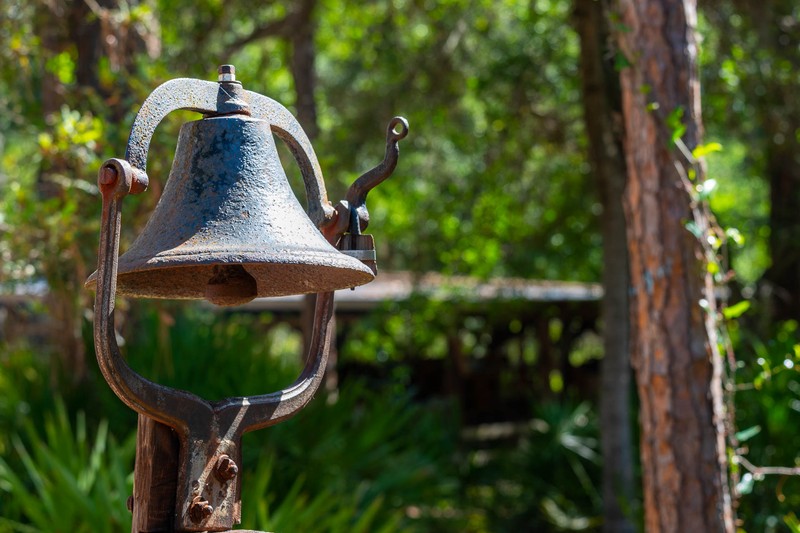
Railroad Crossing Sign outside the Sulpher Springs Train Depot
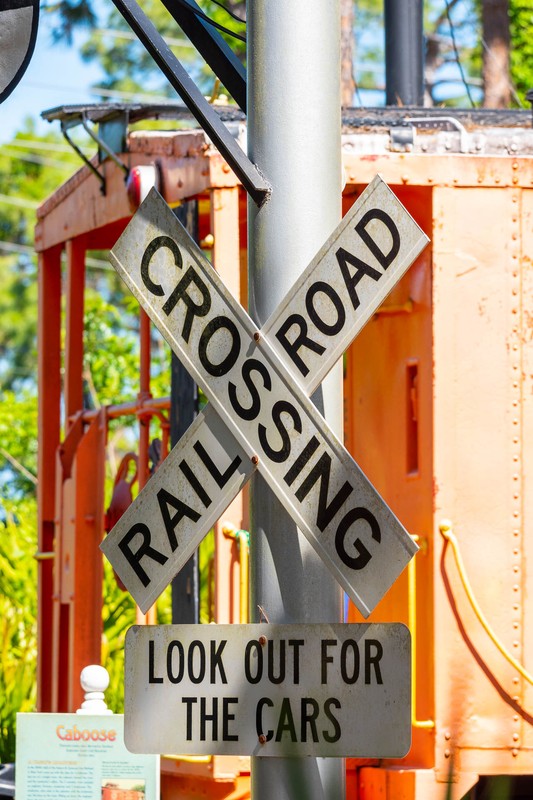
H.C. Smith Store
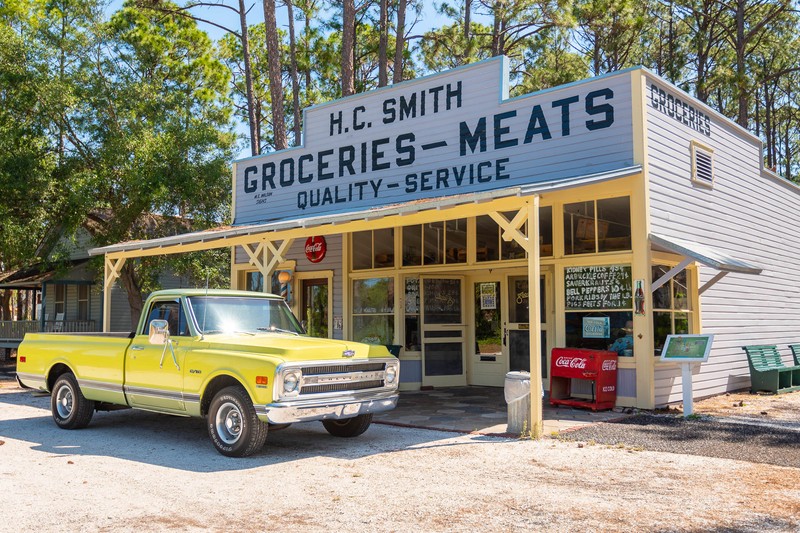
Walsingham House
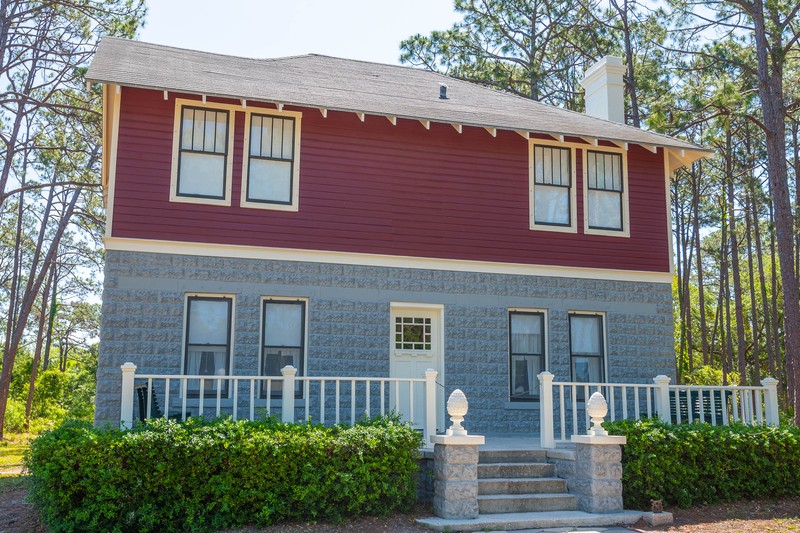
House of Seven Gables
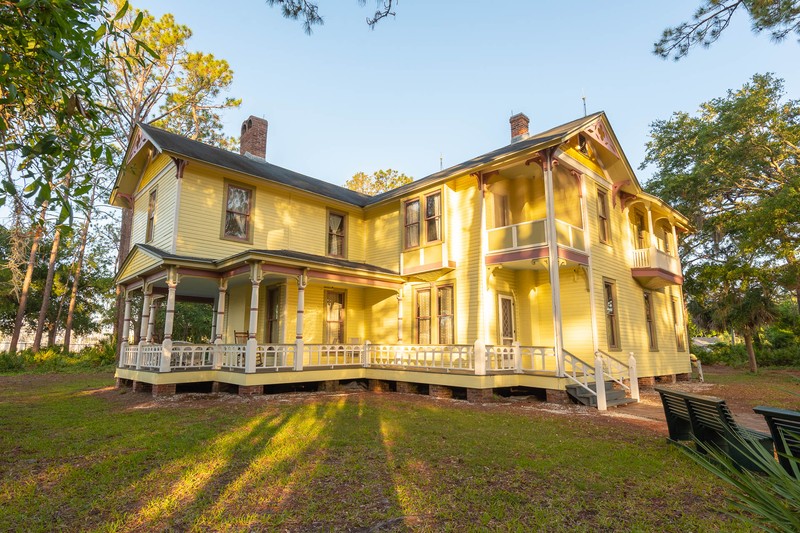
Rocking chairs on Plant Sumner Porch

Safety Harbor Church
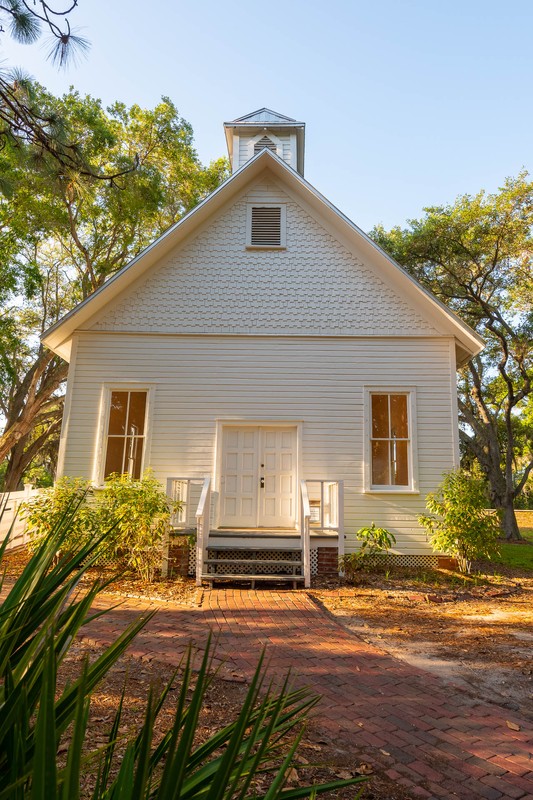
Belltower at the Safety Harbor Church
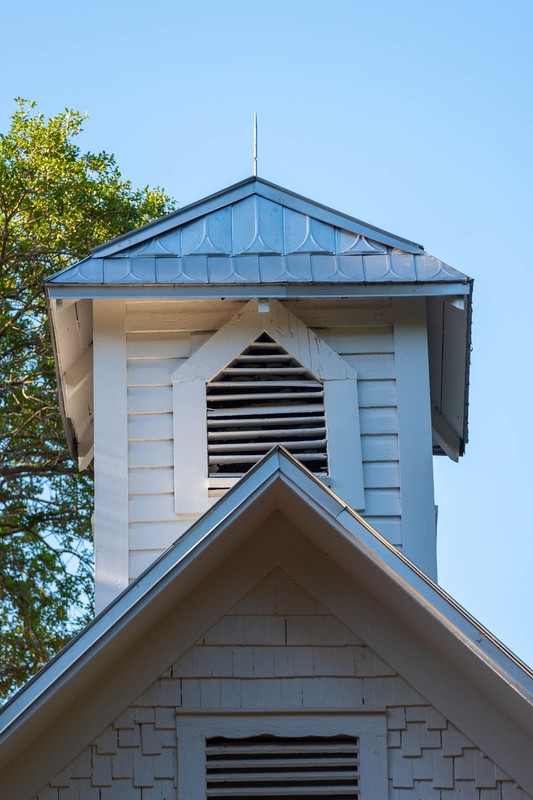
Boyer Cottage
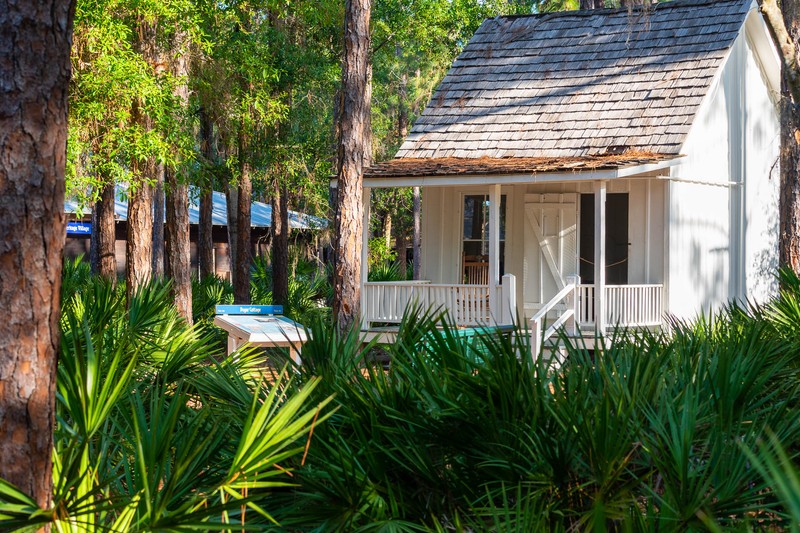
Williams Park Bandstand
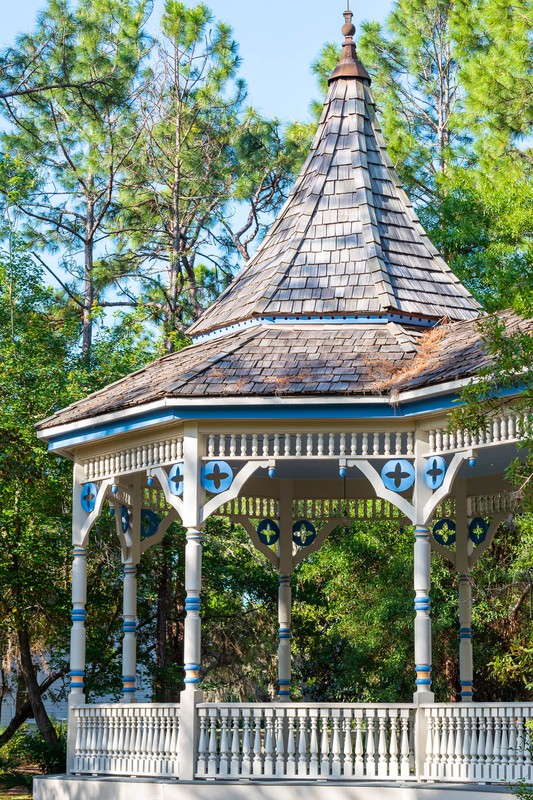
Inside the McKay Creek Boatshop
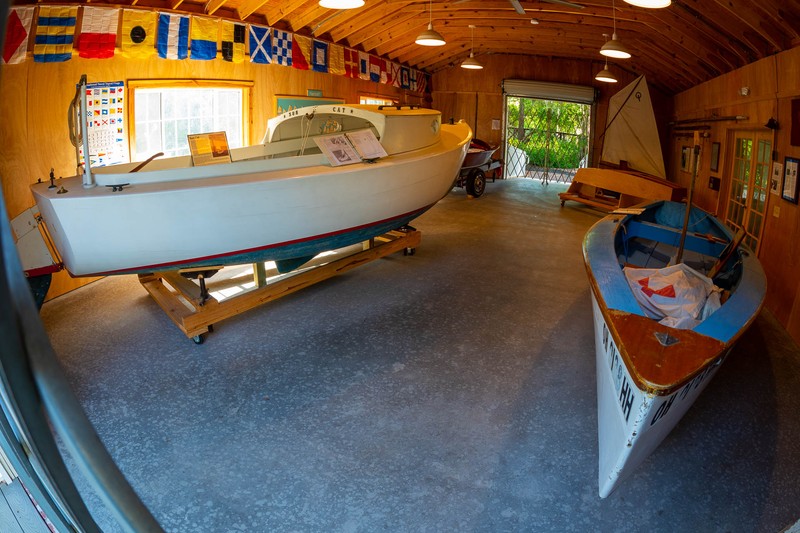
Lowe Barn
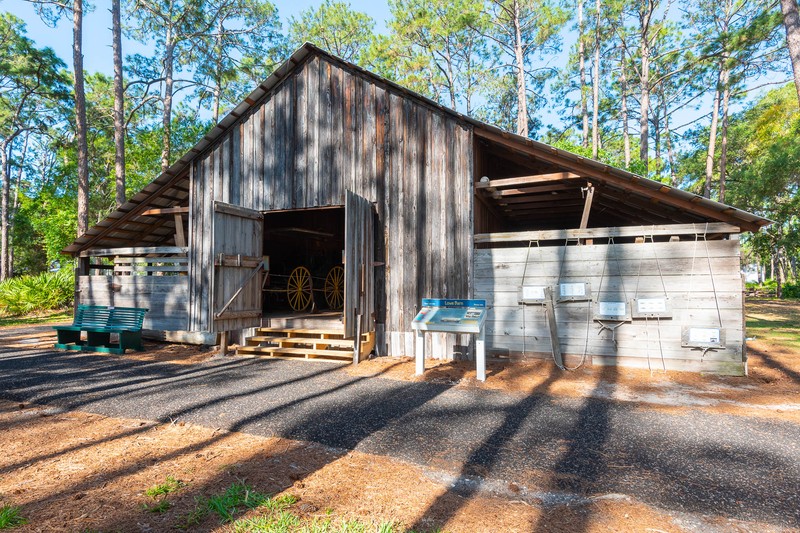
Windmill and Water tower, behind the Moore House
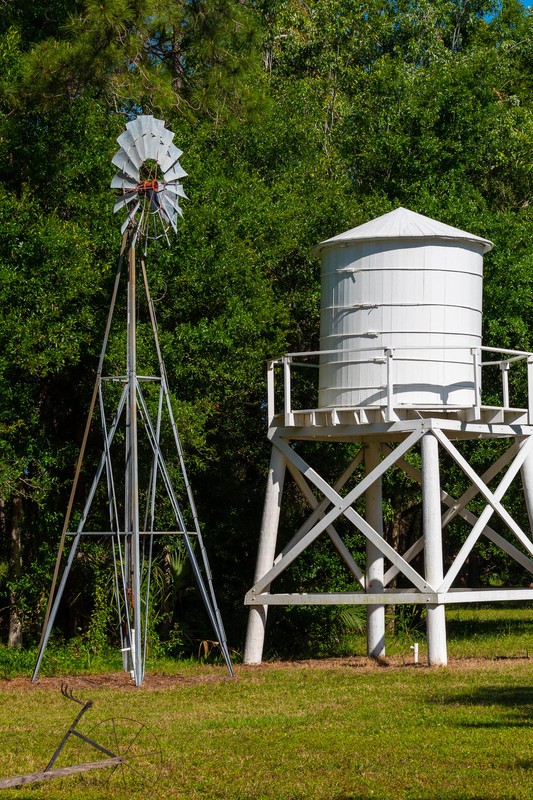
Garden shed behind the Moore House
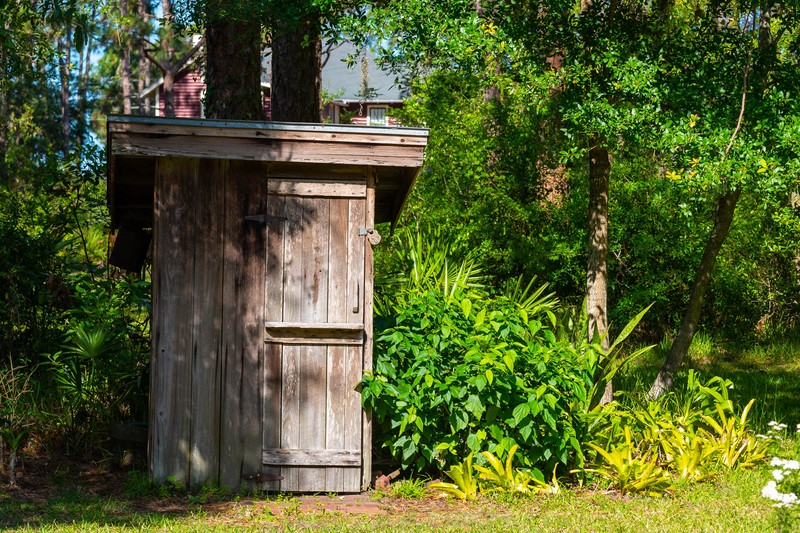
Firetruck from the Belleview Biltmoore Hotel
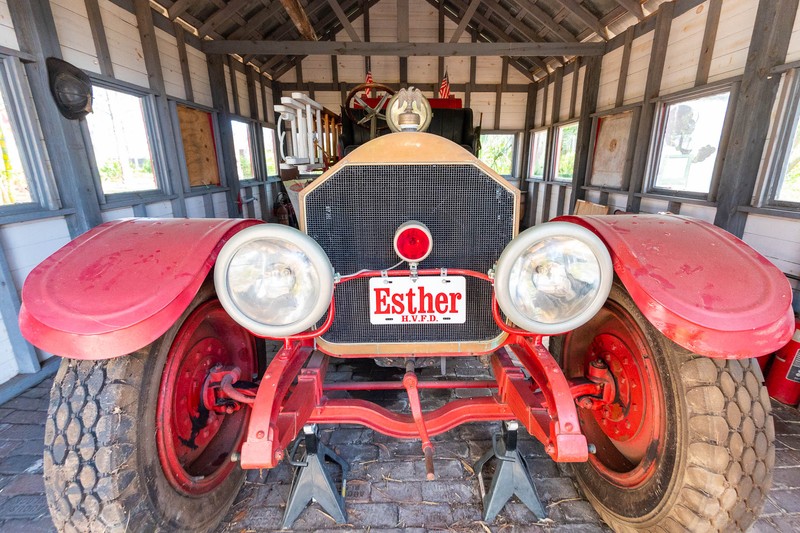
Lowe House
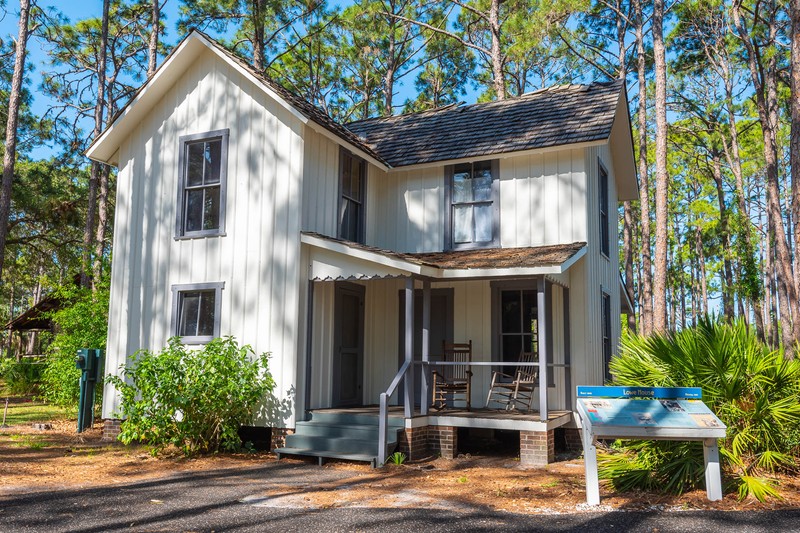
Backstory and Context
Text-to-speech Audio
The Pinellas County Historical Museum at Heritage Village is a twenty-one acre public park owned and operated by Pinellas County government. Serving Pinellas residents, the Tampa Bay region, and the state since 1976, the museum is located within the 182-acre Pinewood Cultural Park complex. Together, these organizations provide visitors with a dynamic experience that includes history, art, and nature. The mission of Heritage Village is to inspire exploration of Pinellas County’s story by designing unique programs and exhibits, facilitating research, and collecting and preserving local history.
In 1964, the Pinellas County Historical Museum opened in the basement of the Pinellas County Courthouse, located in downtown Clearwater. The museum’s first collections established a strong foundation to build upon as Pinellas’ first family’s donated items with local provenance to the fledgling organization. The nation’s bicentennial fueled grassroots efforts to honor the county’s collective history. The threat of demolition to the Plant-Sumner House, and the availability of the House of Seven Gables propelled many concerned citizens, organizations, and government officials into action. In turn, the Bicentennial Committee of the Board of County Commissioners, the Pinellas County Historical Commission, and the Junior League of Clearwater led efforts to locate funding and resources. In 1976 the Junior League of Clearwater partnered with the County government to utilize public land and provided funds to move the first building.
The county acquired a parcel of land from Frank and Ursula Shirvis nearly three decades earlier but did not have specific long-term plans for it. With developers planning to build new structures on land then occupied by Plant-Sumner and Seven Gables, local architect Don Williams designed a site plan for the original ten acres of the site that included those two structures. In 1976, the county allocated approximately $60,000 to construct a Florida “Cracker” dwelling that served as the first museum building. Four large moving vans transported archival and museum collections from the basement of the courthouse to the secure, climate-controlled structures at the park.
Originally known as “Heritage Park,” the expanded museum and village opened to the public in 1977 and sat on a ten-acre tract that includes the southern half of the present-day property, bordered by 125th street North and Walsingham roads. Through widespread community support individuals worked to relocate additional structures to the park. As the site continued to grow, the focus of the park shifted from operating solely as a local history museum to creating a village of restored buildings that work in concert to tell the county’s story. Over the decades, the site expanded to its present size of twenty-one acres. During the summer of 1995, officials changed the name of “Heritage Park,” to “Heritage Village” to emphasize the difference between a traditional park with picnic benches and playgrounds to a village that preserves important historical structures.
Today, Heritage Village staff care for over twenty-eight historic structures from across Pinellas County, as well as two gallery spaces. As the county’s local history museum, staff are entrusted with the preservation, maintenance, and care of these historic structures and the museum’s collections. As visitors stroll along brick paths, they encounter historic homes and structures that span both the temporal and geographical history of the county. These structures range from the 1924 Gandy Tower that signaled the entrance to the Gandy Bridge, the first bridge across the Bay to connect the cities of St. Petersburg and Tampa; to a 1850s log cabin from Clearwater’s founding families and the oldest extant structure in the county; to a 1930's sponge warehouse from Tarpon Springs.
